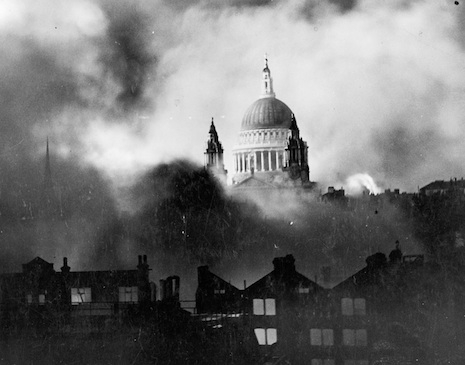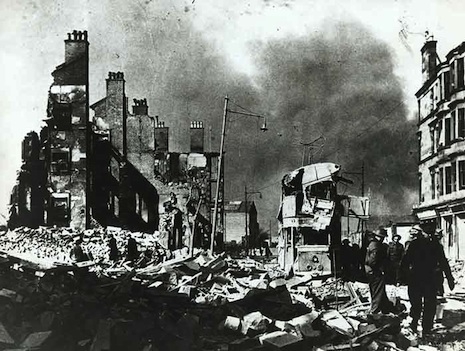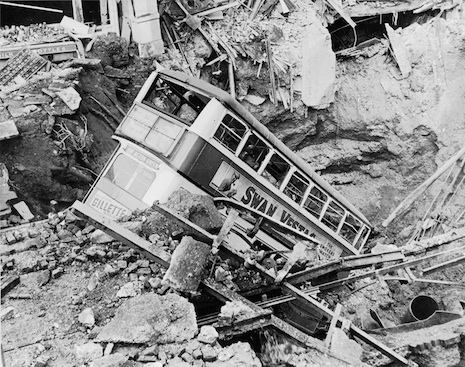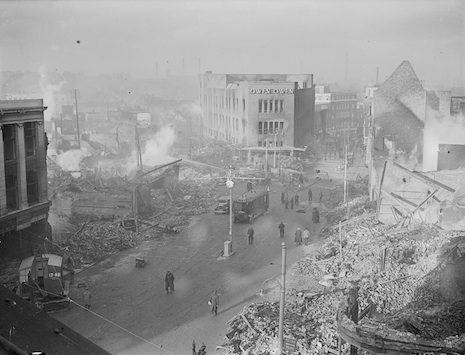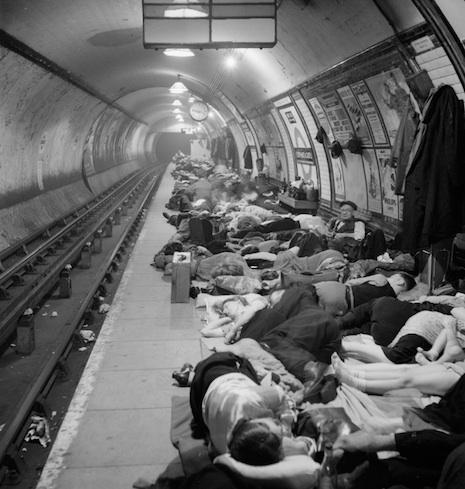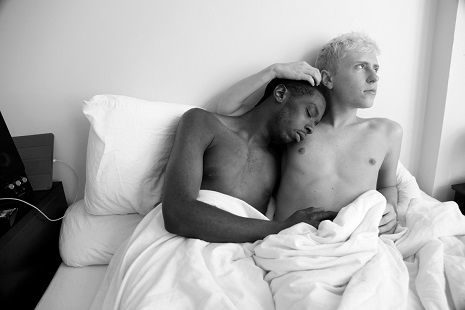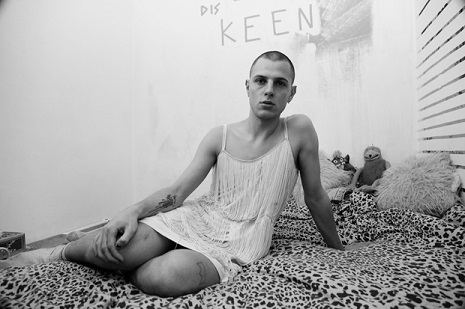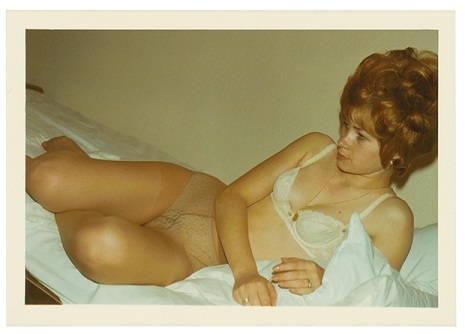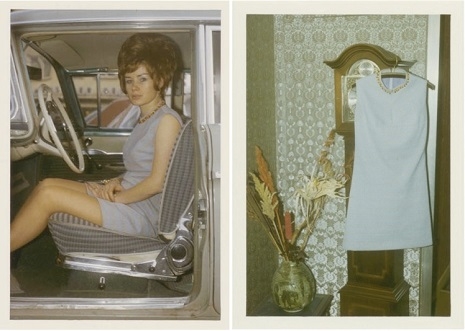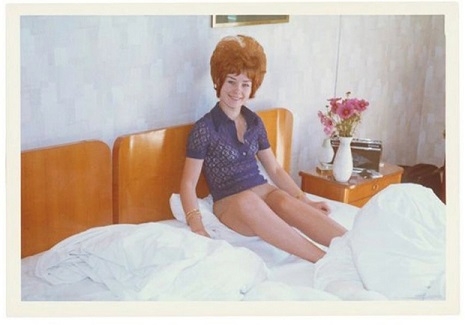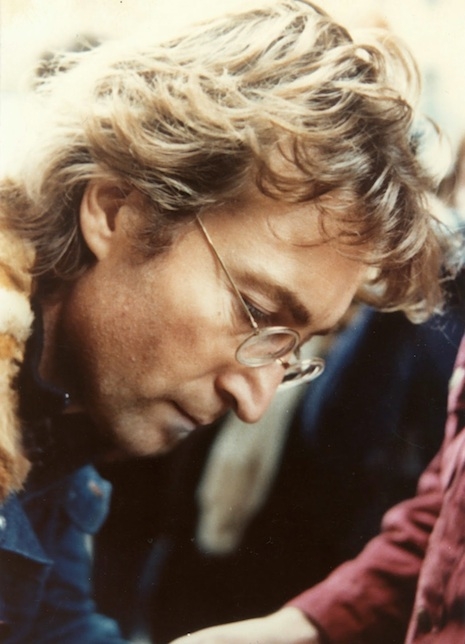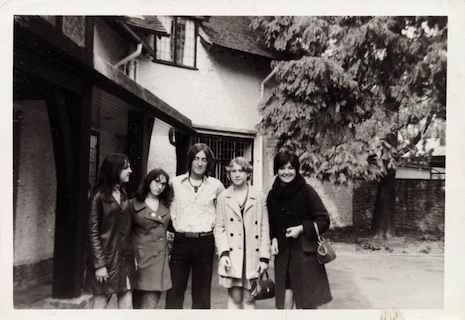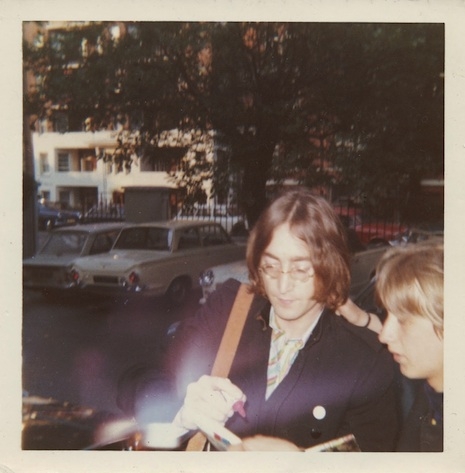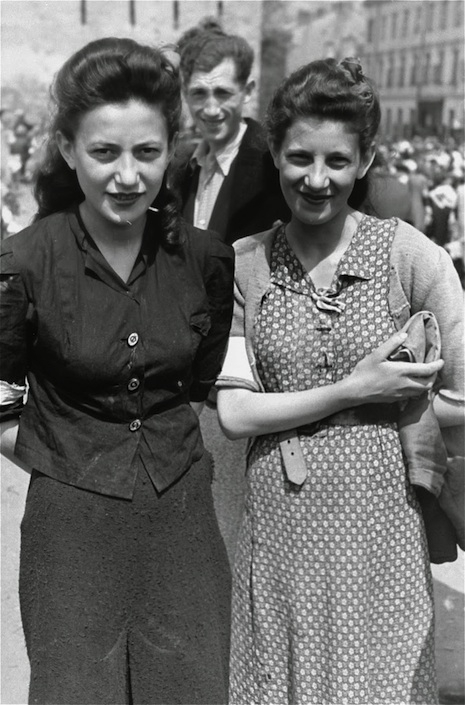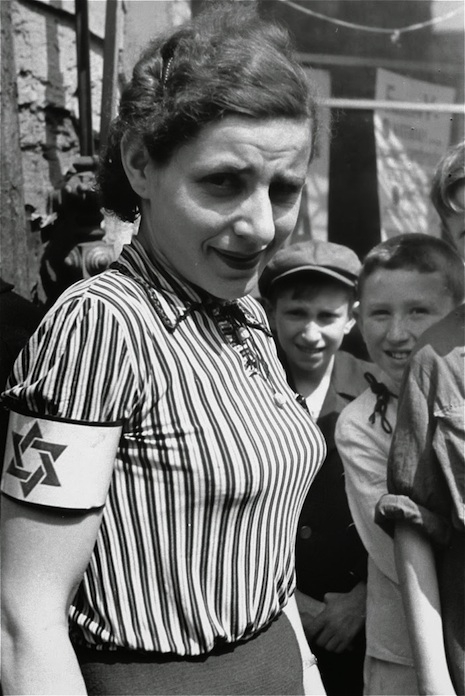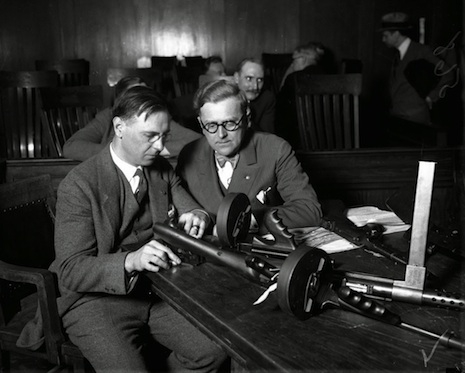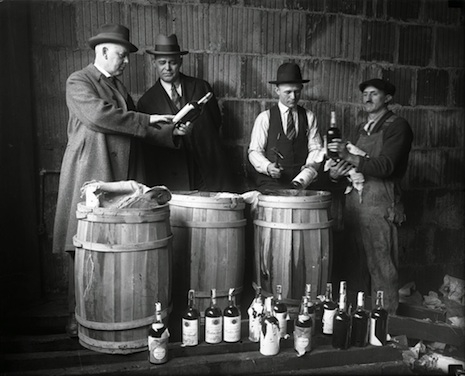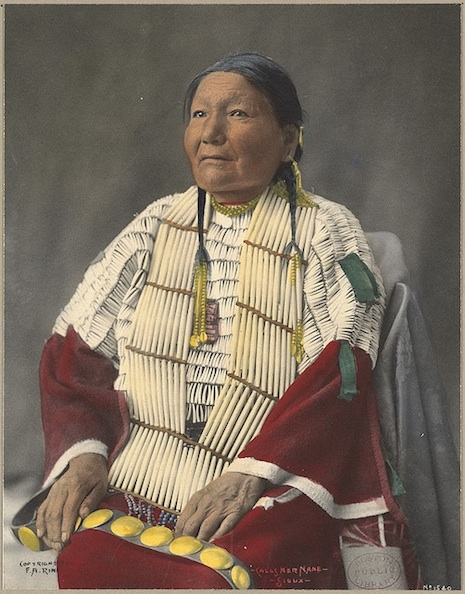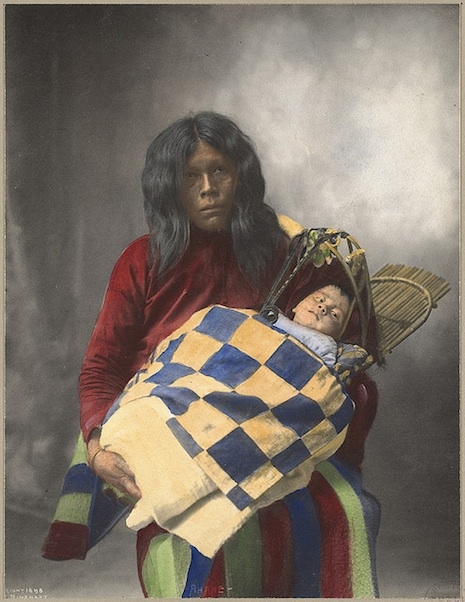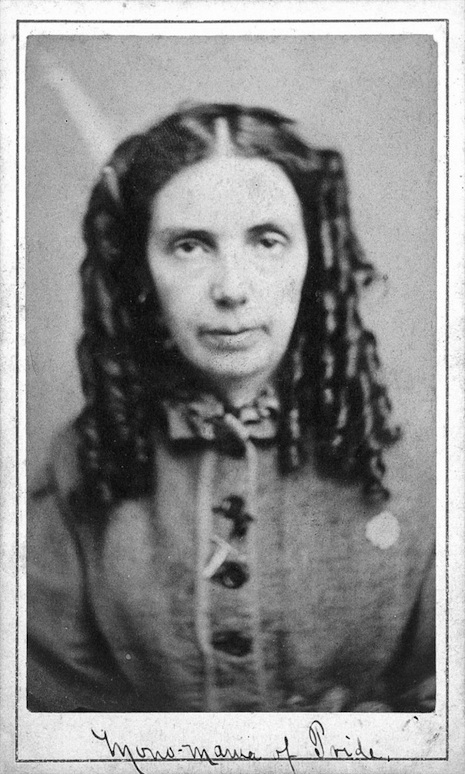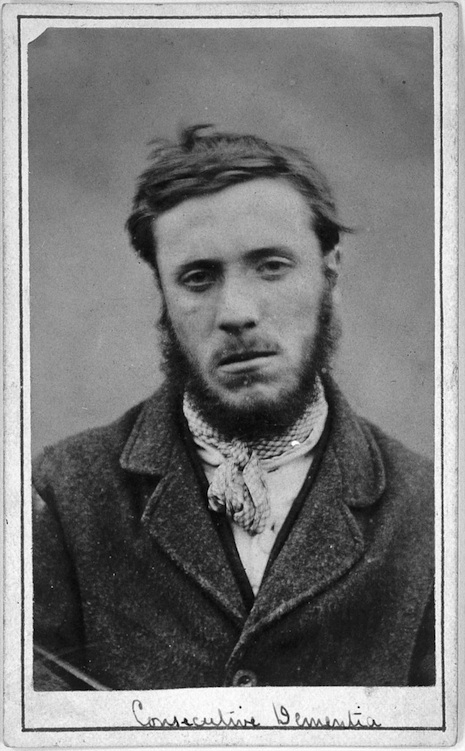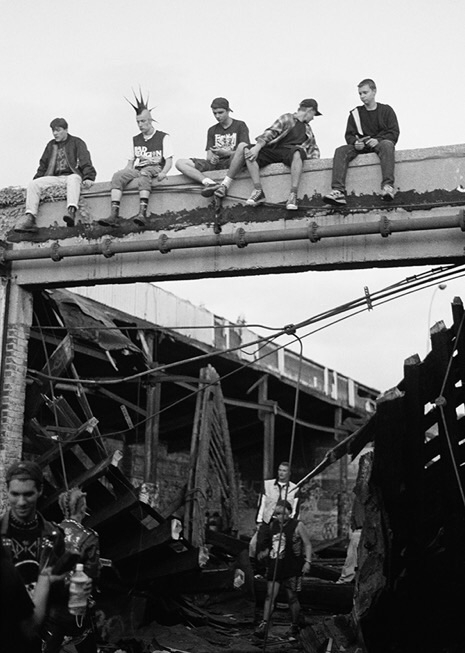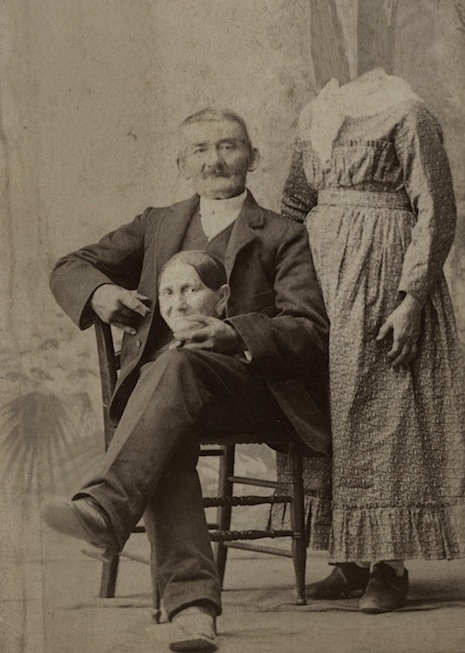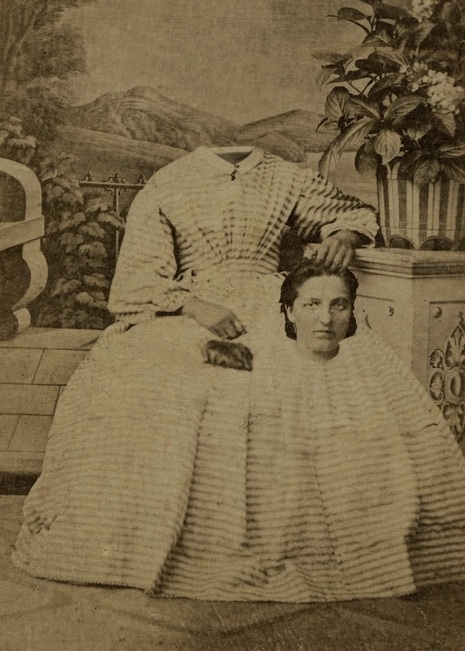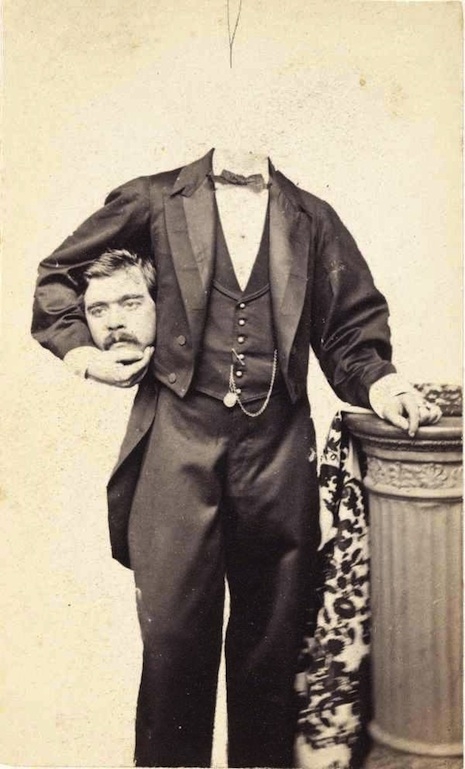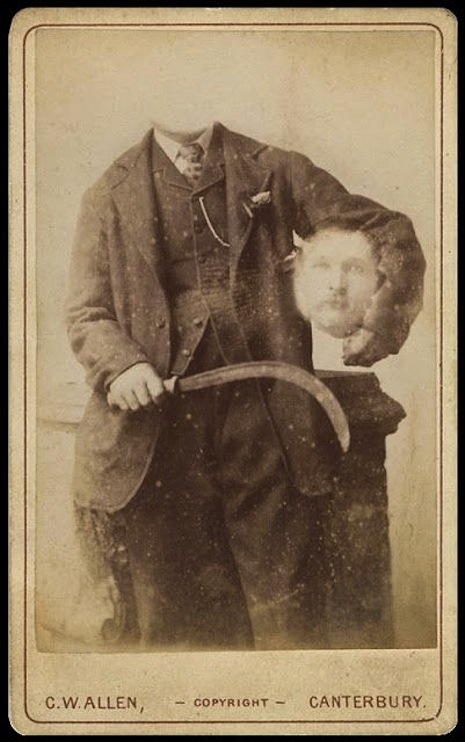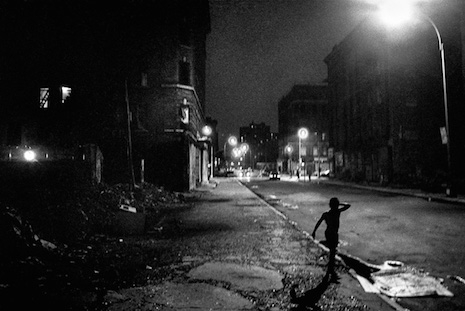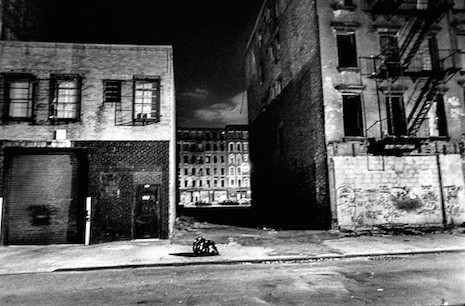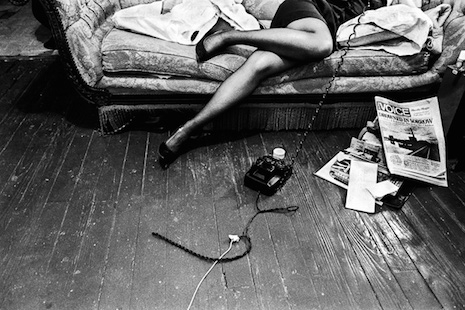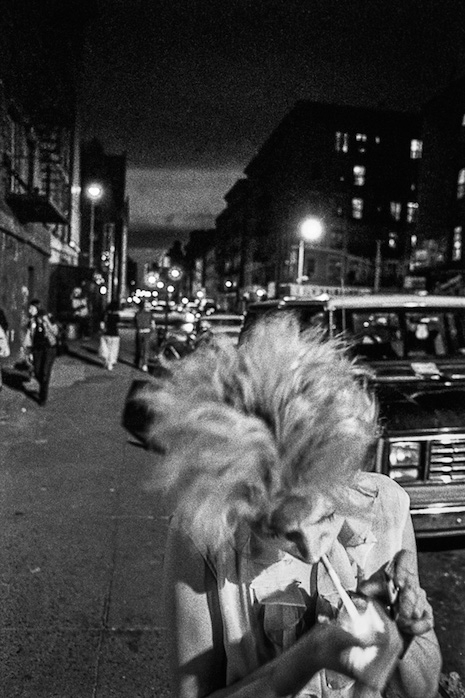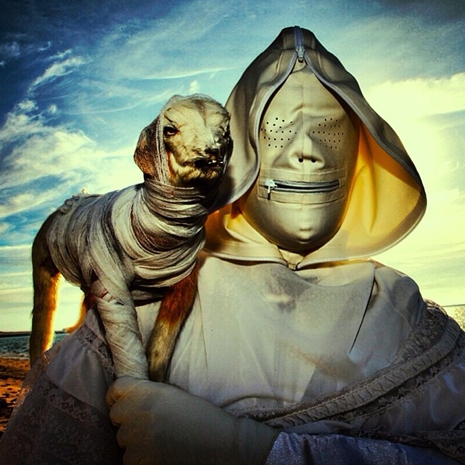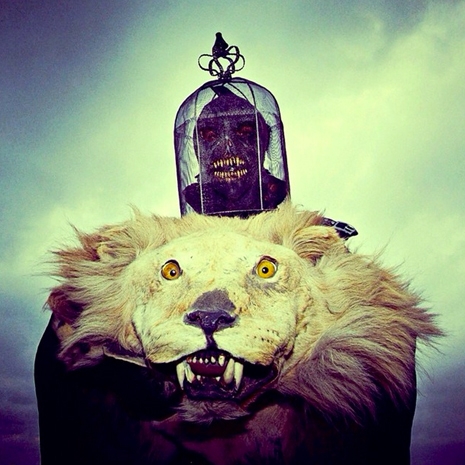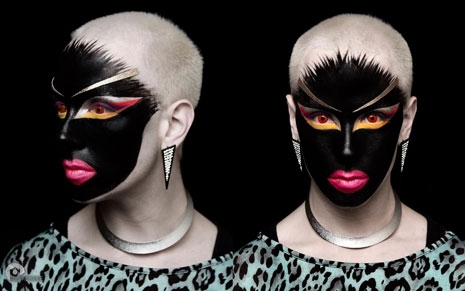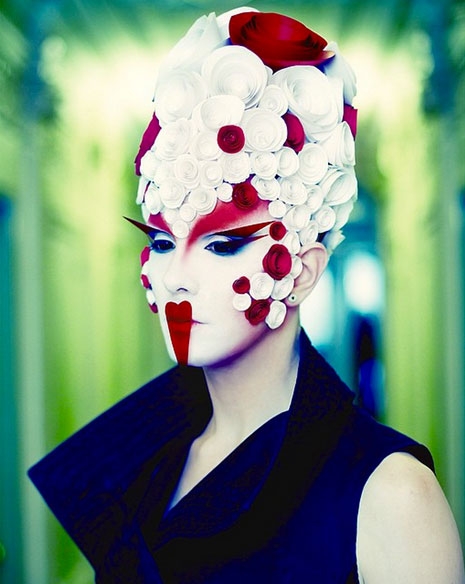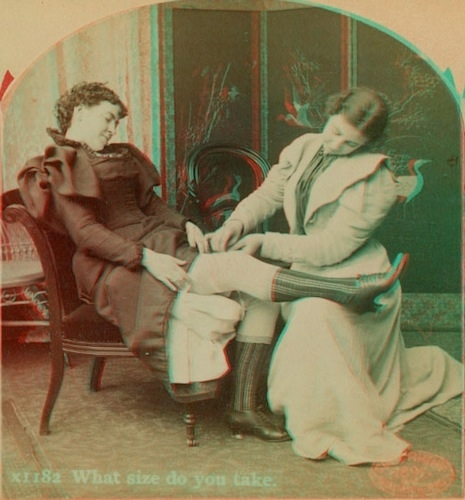
You will need your 3-D specs to get the most out of these titillating Victorian era entertainments, which offered both the gentleman and the lady users the illicit thrill of espying an intimate boudoir moment between some delightful uninhibited beauties. Such a stereoscopic vision was an aid to the imagination—inspiring a riot of Bacchanalian fancies over the kind of shenanigans young ladies in the first blush of womanhood could get up to behind closed doors.
As we can see, such shenanigans were really quite innocent—mainly talking, gossiping, singing, dancing, drinking—a typical a night out today. Yet, these photos are far more romantic, delightful and playful than all the gigabytes of exposed flesh available today at just a click away.
Of course, as the century moved on the imagery did become more explicit—especially the “dirty postcards” we Europeans enjoyed. Such saucy images go back to earliest times, but apparently the first record of “obscene pictures” was in 1755, with the publication in England of the book The Pleasures of Love: Containing a Variety of Entertaining Particulars and Curiosities in the Cabinet of Venus, which contained sixteen highly explicit woodcuts for the gentleman’s entertainment.
Erotic magazines soon followed with the first Covent Garden Magazine, or Amorous Repository, “calculated solely for the entertainment of the polite world,” being published in England in 1774. There then followed a slew of such top shelf lad’s mags with ever increasing titles: the Rambler’s Magazine, or the Annals of Gallantry, Glee, Pleasure and the Bon Ton; “calculated for the entertainment of the polite world; and to furnish the man of pleasure with a most delicious banquet of amorous, Bacchanalian, whimsical, humorous, theatrical and polite entertainment” appeared in 1783; and in 1795 came the granddaddy of all magazine titles the Ranger’s magazine, or the Man of Fashion’s Companion; “being the whim of the month and general assemblage of love, gallantry, wit, pleasure, harmony, mirth, glee and fancy. Containing a monthly list of the Covent Garden Cyprians; or a man of pleasure’s vade mecum. The annals of gallantry, Essence of trials for adultery. Crim. Con. Seduction. Double entendres. Choice anecdotes. Warm narratives, Curious fragments. Animating histories of Tête-à-têtes, and wanton frolicks. To which is added the fashionable chit-chat and scandal of the month, from the Pharaoh Table to the Fan warehouse.”
These magazines certainly told you what was inside, and are far more entertaining than our modern one-word mags like Playboy or Hustler and alike. Also, note the wording—the use of terms such as “gallantry” and “harmony” and “love,” hardly the kind of sentiments to be associated with say… Shaven Ravens.
Understandably, such gentlemen’s magazines were expensive and were mainly focussed on erotic stories with some handy illustrations. Of particular interest to readers was the reports of “Criminal Conversation”—details of adultery trials, which soon became a source of erotic entertainment for the working class and the “meat and potatoes” to many a tabloid newspaper.
When photography took off in the late 1800s, the “doyen of Victorian pornography” was Henry Hayler, who began producing his own nude photographs from life. Hayler’s work became so popular that he started selling his rude nudes worldwide—a prototype of Hugh Hefner or Larry Flynt, perhaps. However, his homegrown industry wasn’t to last, as the police raided Hayler’s studio in March 1874 and impounded more than 5,000 plates and 130,248 erotic photographs. Hayler and his family fled to Berlin, but had they ever appeared in court they could scarcely plead not guilty as a considerable number of the photos contained Hayler, his wife and two sons engaged in incriminating activities.
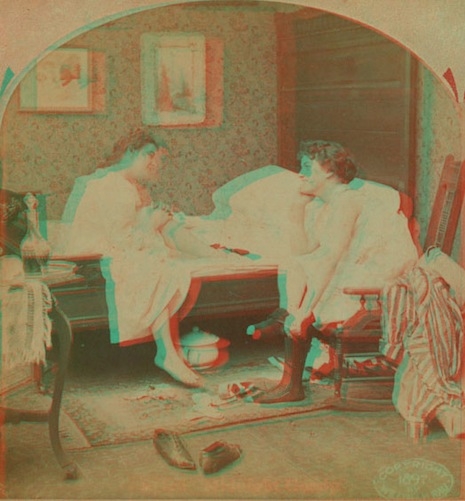
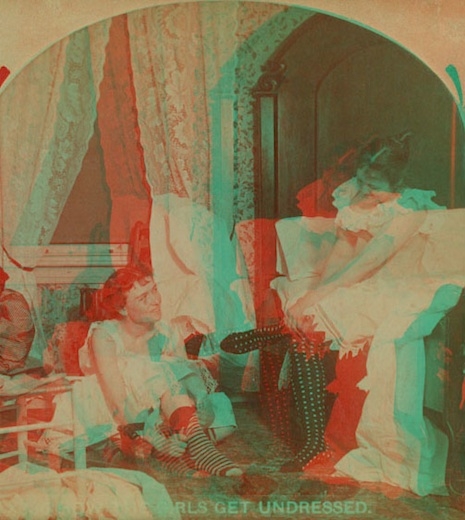
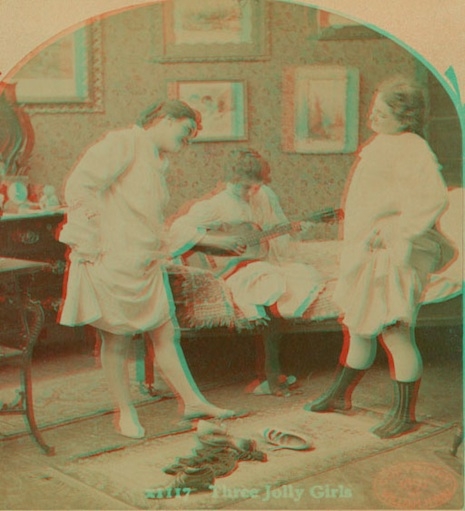
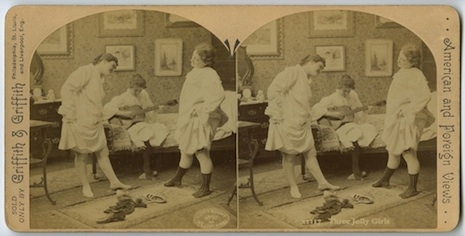

More stereoscopic Victorian voyeurism images, after the jump….
